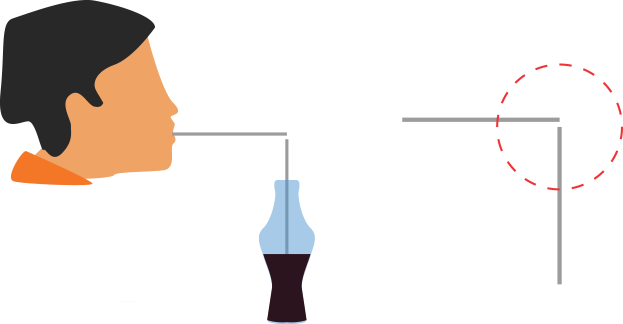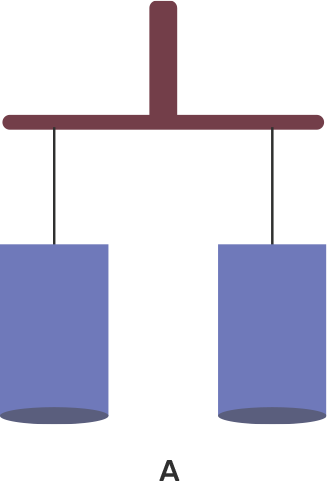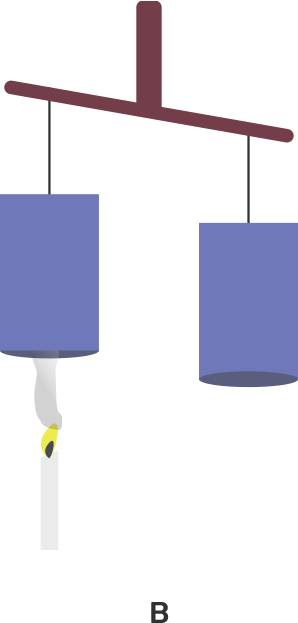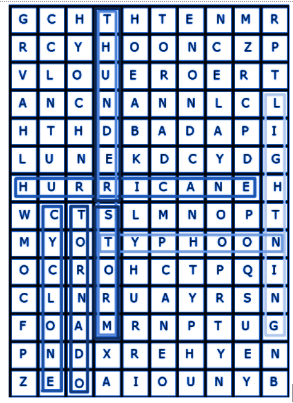Class 7 Science NCERT Exemplar Solutions Chapter 8 Wind, Storm and Cyclone
FAQs on NCERT Exemplar for Class 7 Science Solutions Chapter 8 Wind, Storm and Cyclone
1. What is covered in Class 7 NCERT Exemplar Science Chapter 8 Wind, Storm, and Cyclone Solutions?
The NCERT Exemplar is a series of workbooks that includes practicing questions for students to solve. These questions are at a slightly higher level than the grade average, so they're useful in helping students practice beyond their classwork. The eighth chapter of the NCERT Exemplar Science workbook contains a series of questions based on the topic of Wind, Storm, and cyclones. The solutions provided by Vedantu on this page list those questions and then include the answer for each question. Apart from the answer, a short explanation is also given for why that particular answer was chosen instead of any others.
2. What is the importance of Class 7 NCERT Exemplar Science Chapter 8 Wind, Storm, and Cyclone Solutions help in our studies?
NCERT Exemplar is a series of workbooks that contain questions at a slightly higher level to encourage students to learn how to solve problems that are more difficult than their classwork. Vedantu has provided the answers to the NCERT Exemplar Science Chapter 8 to help students learn how to arrive at the correct answer by using the right methods. These solutions have been solved by experts in the field of Science and are therefore completely accurate. Students can use the solutions as the best guide in their studies.
3. What is the method to find more study resources for Class 7 NCERT Exemplar Science Chapter 8 – Wind, Storm, and Cyclone?
Vedantu has provided all of the resources you could need for the Class 7 NCERT Exemplar Science Chapter 8. Here the students can find the Solutions to the NCERT Exemplar Science Chapter 8 on Wind, Storm, and Cyclone. You can find additional resources by browsing through the Vedantu website or app. To find revision notes for the Class 7 NCERT Exemplar Science Chapter 8 Wind, Storm, and Cyclone, you can click here. You can also hear more resources on NCERT solutions. By going through these documents and resources, you can learn how to apply the concepts you learn.
4. How should I study for Class 7 Science?
You can study for Class 7 Science by making sure you have the right study materials and the right study schedule. Vedantu has already taken care of the study materials for you, all you have to do is browse through the website to find them. The materials found on Vedantu include revision notes, chapter-wise explanations, as well as other resources to aid in your studies. To make sure you have the right study schedule, make sure you've stretched out your studies over a few weeks at least. This will give you enough time to study without spending all day trying to read through a textbook. You can also break up your study pattern to include different methods each day. Read through your textbooks one day, then the next day practice solving questions using the Class 7 NCERT Exemplar Science Chapter 8 Wind, Storm, and Cyclone Solutions available on this page as a guide, and so on.
5.Are there any charges for Class 7 NCERT Exemplar Science Chapter 8 Wind, Storm, and Cyclone Solutions?
Yes, the Class 7 NCERT Exemplar Science Chapter 8 Wind, Storm, and Cyclone Solutions are available completely free of cost! The solutions are curated by experts in the field of Science with the express purpose of providing them to students to ease their studies. Thus, Vedantu has decided to provide them to all students free of cost. The only thing you need to download is the Class 7 NCERT Exemplar Science Chapter 8 Wind, Storm, and Cyclone Solutions as a PDF file. The download can be started once the account has been created.



































